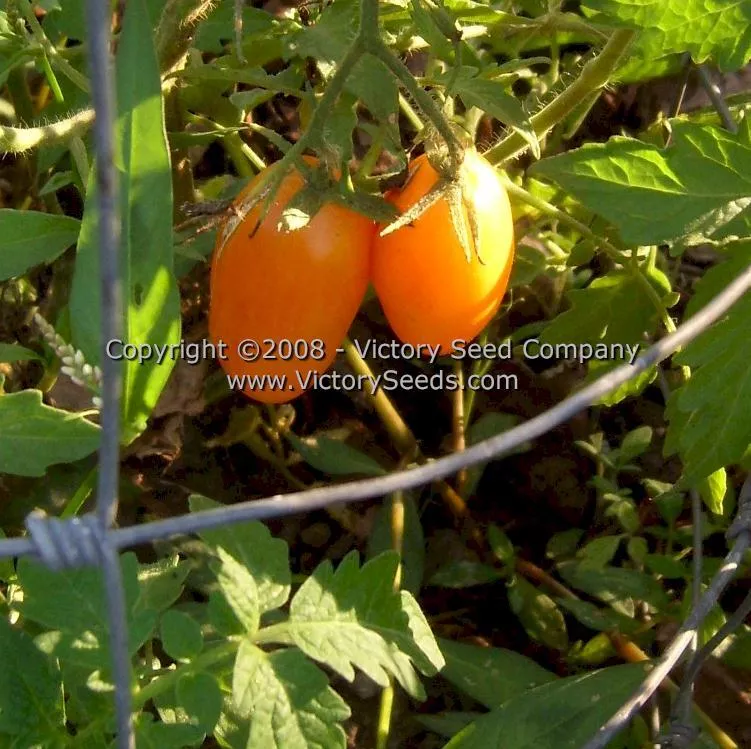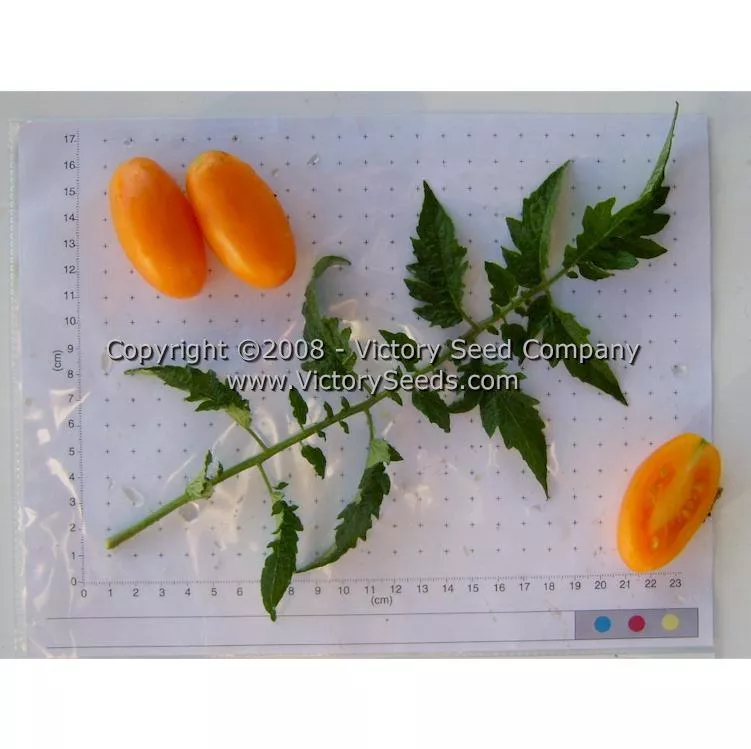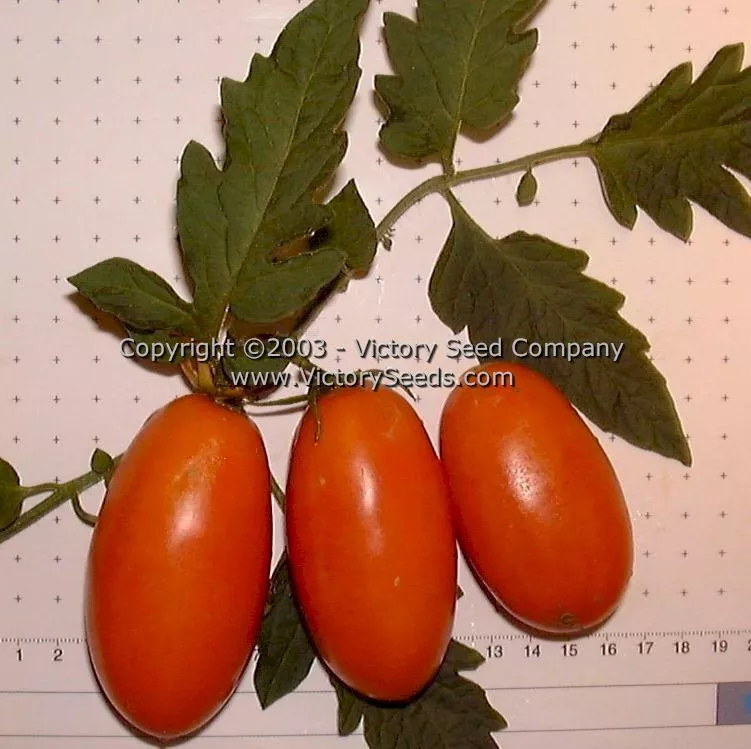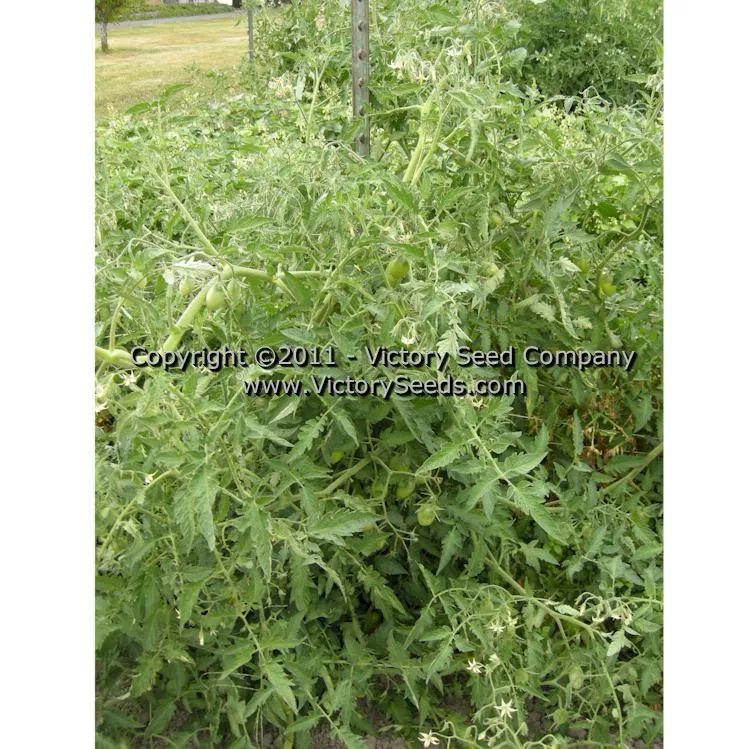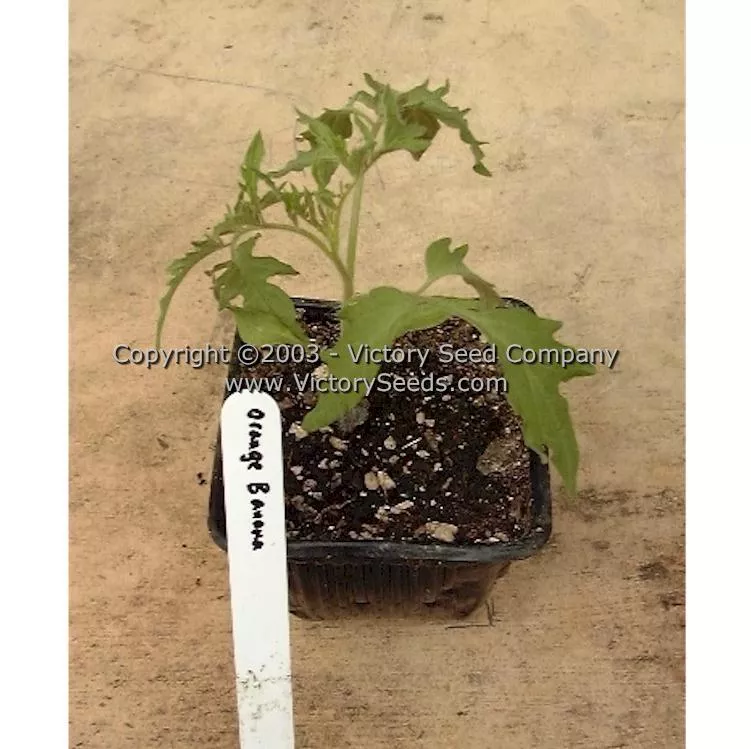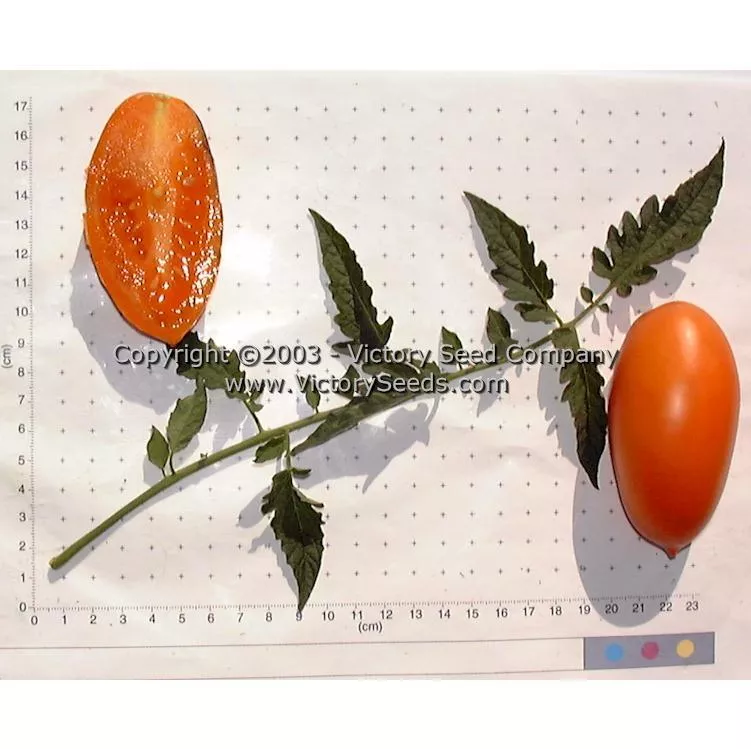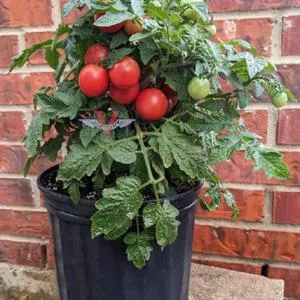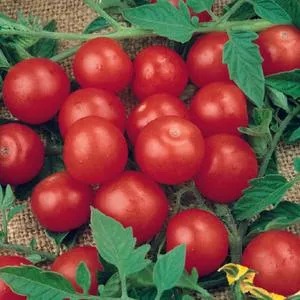





Orange Banana Tomato
Price: $3.45
SKU: 3401131Initially introduced to American seed savers in the mid-1990s by Marina Danilenko, a pioneering private seed seller from Moscow (see below) during the Perestroika-era, 'Orange Banana' is also protected in the Seed Savers Exchange collection as SSE Tomato 3049.
Marina and her mother began by buying seeds from this network and then paying retirees to fill her seed packets. She began advertising her company in newspapers and magazines, gardeners would send her their names and addresses, then a price list was sent for people to use to place orders. The business exploded! Within the first couple of years, they were mailing price lists to about 80,000 Russian gardeners and selling about 500,000 seed packets via mail-order. In this recently post-Soviet society, the postal service was corrupt, she incurred considerable loss, but she pushed on.
In 1992, Marina reached out to the Moscow branch of the famous Vavilov Institute to grow out some of her vegetable seed stock. She described that, "... the staff is highly professional, their seeds are finest quality, and the Institute certainly needs the money."
It was at about this time that the Seed Savers Exchange sponsored her to come to the United States for visits two years in a row. Here she was able to learn how American mail order seed companies operated, which was critically important considering that the Russian people at that time had no context or informational resources on how to successfully operate a business in a post-communist economy.
By 1993, Marina had supplied at least 170 different Russian tomato varieties into the Seed Savers Exchange's collection. Included in these were some of the first black fruited tomatoes such as 'Paul Robeson' and 'Black from Tula', as well as other popular varieties such as 'Orange Banana' and 'Silvery Fir Tree'.[1]
Fruit Color: Orange
Fruit Color: Yellow
Special Groups: "Epic" Tomatoes
Harvest Timing: Early/Short Season
Full light and cooler temps (60° to 70°) will help to prevent the seedlings from becoming too leggy. If plants become rootbound before you can safely set them into the ground, transplant them into larger pots.
Harden off plants before planting outside. Young plants are very susceptible to frost and sunburn damage. Avoid too much nitrogen. Water evenly but not in excess.
Click here to view our full tomato growing guide.
- "Rescuing Traditional Food Crops in Eastern Europe and the Former Soviet Union," Transcript of a speech given by Kent Whealy at 1993 Seed Savers Exchange's annual Campout.
Customer Reviews:
By Jennifer H. (Massachusetts zone 6B) on July 5, 2023
I planted these for the first time last year (summer 2022) and was thoroughly impressed. We had a ton of rain and cooler temps to start the season. Then- I unexpectedly had to go out of town for the month of July- so my entire garden went without fertilizing and with minimal tending to in my absence. Even with all of that (and late summer extreme temps and some storms with high winds, bug pressure, and chipmunks...) these tomatoes produced! They were sweet and really flavorful- much more complex than I was expecting for an orange tom. They are more like a paste tomato with thick flesh and less gel, and resisted splitting even with the vast amount of random rain and waterings. If they can produce the way they did with all of that, I can't wait to see what happens this year when I'm home and tending to my garden regularly! My family enjoyed these for snacking, salads, and I made a delicious sauce using these, an Italian Heirloom variety, and Dwarf Numbat. They compliment each other in flavor, and wow! I just ordered more seeds for next year because even though I can seed save from my plants that are growing this year- I don't want to sacrifice a single one!
By Rebecca R. on January 12, 2020
These plants produce a lot of fruit! I'm a beginner gardener and still managed to get a ton of tomatoes from these plants, and I've tried several different varieties over the last couple summers. If you wait to pick them until they're fully ripe, you'll need to consume them within just a couple days otherwise they spoil quickly. But if you pick them a couple days *before* they're fully ripe, they will last much longer.

